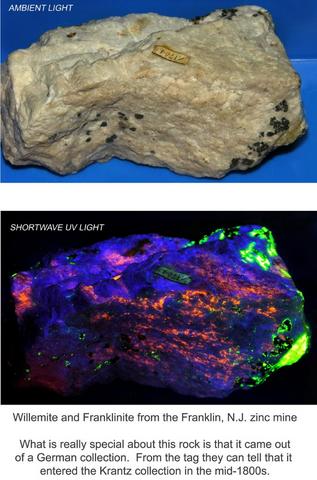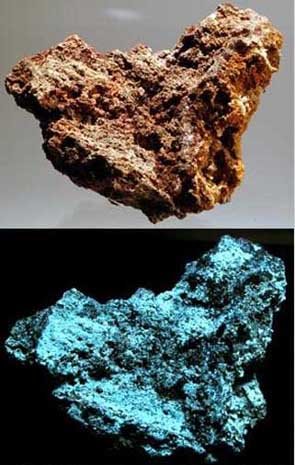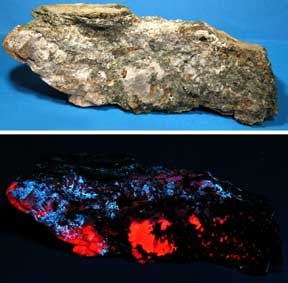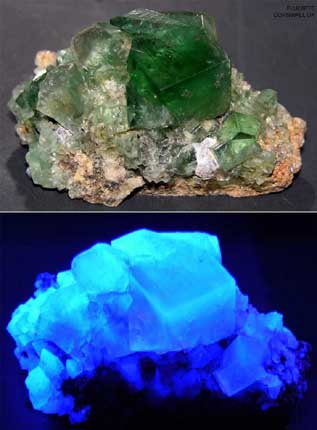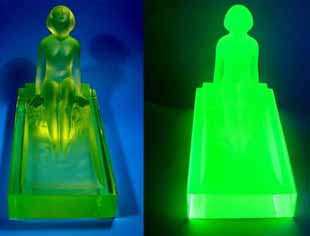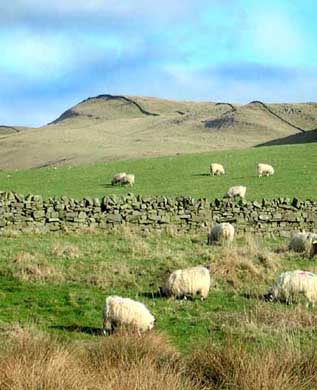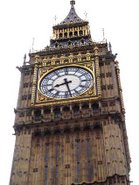Hiking Without a GPS
The global positioning system is run by the U.S. government. It consists of 24 to 32 low orbit satellites. Each satellite broadcasts a signal slightly less powerful than a 60 watt light bulb. These satellites are about 12,000 miles away, so it takes a very sensitive receiver to reliably pick up these signals. At any one time there are usually 8 to 10 satellites which have line of sight to one’s position on earth. When a GPS receiver picks up the signals from at least 3 or 4 satellites it is able to compute it’s location and elevation above sea level.
The GPS system was originally developed and tested in 1970s at Holloman Air Force Base and White Sands Missile Range near El Paso, Texas exclusively for the military. In the 1980s it was also made available for use by civilians. Each GPS satellite weighs about 2,000 pounds (one metric ton) and is about 17 feet (5 meters) long with the solar panels extended. The individual satellites have a life span of about ten years.
I bought my first GPS almost twenty years ago. At the time they were relatively expensive and large. They had fairly poor accuracy, and were battery hogs. That has all changed.
GPSs now have become cheap, very small, much more efficient in their power consumption, and really quite accurate. They are used in a wide variety of applications: Military, automobile navigation, dog collars, cell phone locators, emergency services, astronomy, recreation, aviation, and boating.
As of late 2009 I own twelve GPSs. One is in my Nokia 5800 cell phone, my Nikon digital camera has one, and I have two USB GPSs - one for Microsoft maps and another which works with the Garmin mapping software. My iOptron Maksutov-Cassegrain telescope motor drive has a GPS as does my handheld Meade star finder. I have owned several wrist watch GPSs over the years, and now I have a Garmin Forerunner which really does work - very accurate positioning and more than adequate battery life. I have a Garmin Quest II on my Honda motor scooter, another Quest II with topographical maps for backcountry exploring, and one as a backup. In the car I have a Garmin 7200 which is wonderful - very large screen and accurate, and I have another 7200 as a backup.
Recently an experienced hiker from El Paso, Texas by the name of Robert Summerall went for a day hike in the Gila Wilderness. The Gila was the first official wilderness in America and is still one of the largest at more than 3 million acres (1.3 million hectares). He knew this area well and had done the hike many times before. A big snow storm came up, and he got lost. Almost a week later he was found 10 miles away almost dead. He is still recovering in the hospital, and his loyal Labrador Retriever named Zulu who kept him from freezing to death at night is still lost.
Hiking without a GPS has become socially irresponsible. Not only will it help you get back to your car if you were to get disoriented, if you get injured and do manage to reach the authorities by cell or satellite phone it will allow you to tell them your exact location.
-
-
-
-
-
-
-
-
-
-
The GPS system was originally developed and tested in 1970s at Holloman Air Force Base and White Sands Missile Range near El Paso, Texas exclusively for the military. In the 1980s it was also made available for use by civilians. Each GPS satellite weighs about 2,000 pounds (one metric ton) and is about 17 feet (5 meters) long with the solar panels extended. The individual satellites have a life span of about ten years.
I bought my first GPS almost twenty years ago. At the time they were relatively expensive and large. They had fairly poor accuracy, and were battery hogs. That has all changed.
GPSs now have become cheap, very small, much more efficient in their power consumption, and really quite accurate. They are used in a wide variety of applications: Military, automobile navigation, dog collars, cell phone locators, emergency services, astronomy, recreation, aviation, and boating.
As of late 2009 I own twelve GPSs. One is in my Nokia 5800 cell phone, my Nikon digital camera has one, and I have two USB GPSs - one for Microsoft maps and another which works with the Garmin mapping software. My iOptron Maksutov-Cassegrain telescope motor drive has a GPS as does my handheld Meade star finder. I have owned several wrist watch GPSs over the years, and now I have a Garmin Forerunner which really does work - very accurate positioning and more than adequate battery life. I have a Garmin Quest II on my Honda motor scooter, another Quest II with topographical maps for backcountry exploring, and one as a backup. In the car I have a Garmin 7200 which is wonderful - very large screen and accurate, and I have another 7200 as a backup.
Recently an experienced hiker from El Paso, Texas by the name of Robert Summerall went for a day hike in the Gila Wilderness. The Gila was the first official wilderness in America and is still one of the largest at more than 3 million acres (1.3 million hectares). He knew this area well and had done the hike many times before. A big snow storm came up, and he got lost. Almost a week later he was found 10 miles away almost dead. He is still recovering in the hospital, and his loyal Labrador Retriever named Zulu who kept him from freezing to death at night is still lost.
Hiking without a GPS has become socially irresponsible. Not only will it help you get back to your car if you were to get disoriented, if you get injured and do manage to reach the authorities by cell or satellite phone it will allow you to tell them your exact location.
-
-
-
-
-
-
-
-
-
-





